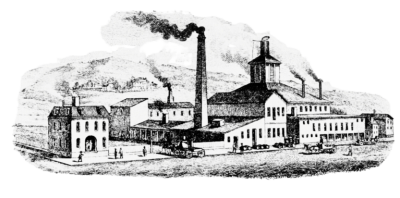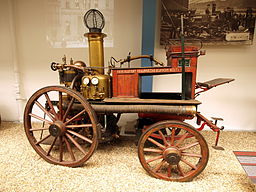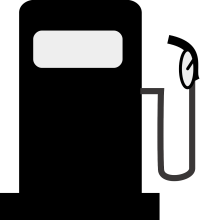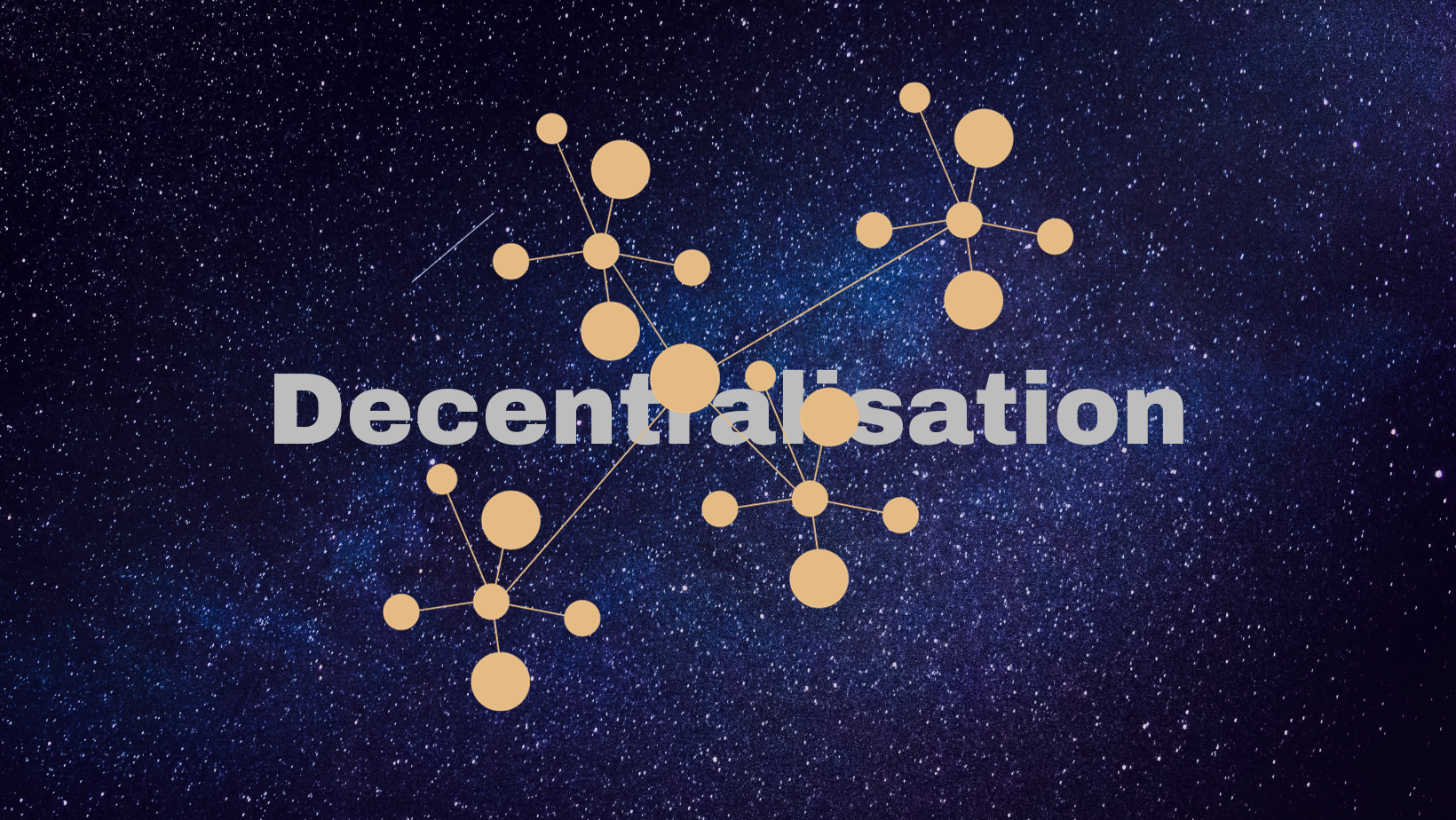Industry 5.0 is the newest buzzword that is making the rounds in the business community, with hefty promises to radically change our way of life. While this is true, many sources offer a distorted conception of what it actually is. To understand and properly leverage the changes that are grouped as Industry 5.0, it is important to understand the nature of the Industrial Revolution itself, and how each phase of it emphasised different processes, values and sectors.

The Industrial Revolution was probably the biggest change society has ever seen, completely changing every aspect of our lives such as the goods we consume, social organisation, culture and international order. However, a common misconception is that there was just one Industrial Revolution, when in reality, it has been a series of phases of incremental progress. We are now at the cusp of the Fifth Industrial Revolution, which promises to be more transformative than the previous four put together. However, before we get to that, it is important to understand how we transitioning from Industry 1.0 to Industry 5.0… Let’s start the journey.

The pre-modern period refers to the time before the onset of the Industrial Revolution. The majority of the population lived in rural areas, as the vast majority of the population worked in farming.
Power was primarily provided by human and animal labour, wind, and water, and most manufacturing was slow and labour-intensive, limiting the quantity of goods. International long-distance trade was constrained by the lack of efficient transportation, and a hierarchy of lords, vassals, and serfs determined social and economic relationships. Most people lived a rigid, hand-to-mouth existence.
The original Industrial Revolution, it marked the transition from agrarian economies to industrial ones, driven by mechanisation and the harnessing of water and steam power.. It began with major changes in the textile and metal industries, fueled by innovations like the spinning jenny, cotton gin and water frame. These inventions mechanised textile production and laid the groundwork for further industrialization.
This era also saw the widespread adoption of steam engines in various industries, including transportation, mining, and manufacturing. The invention of the telegraph enabled rapid long-distance communication, transforming business operations and information exchange. The invention of the locomotive and the expansion of railway networks completely revolutionised transportation, making it faster and more efficient, while the shift from cottage industries to centralised factories completely changed the nature of work and drastically increased production capacity. From industry 1.0, we gradually advanced towards more technological progress.

During this phase, there were major developments in the steel industry, thanks to the Bessemer process, which revolutionised steel production, making it cheaper and more accessible for construction and manufacturing. Electricity began to replace steam as the primary source of power, leading to the growth of new industries, improved manufacturing processes, and mass urbanisation.
This era was marked by the rise of oil-based industries, the automobile revolution, and the beginnings of computer technology. The invention of the internal combustion engine transformed transportation, while the introduction of assembly line techniques by Henry Ford greatly increased efficiency and reduced cost, making new consumer goods more affordable and accessible. Meanwhile, the invention of the transistor and development of primitive computers laid the groundwork for digital technology.

The fourth period, still ongoing, is characterised by the rapid advancement of digital technology, computers, and the internet, and their integration into various aspects of life and business. The development of semiconductors, personal computers, and the internet changed communication, information access, and business operations, while the proliferation of smartphones has transformed the way people interact, communicate, and access information.
These innovations have transformed various aspects of society, from communication and information access to industries such as finance, entertainment, and healthcare. Simultaneously, the concept of Big Data has also come to prominence, as the ability to collect, process, and analyse massive amounts of data has unlocked new insights, automation, and data driven decision-making.
Each of these revolutions overlapped on each other, building on the previous one’s breakthroughs, and completely transforming our lives in one way or another. However, as monumental as each was, the dawn of the new Fifth Industrial Revolution promises to overshadow them all in how much it uplifts the human condition.
Industry 5.0 is a concept that builds upon the previous industrial revolutions and focuses on the integration of advanced technologies with human capabilities for a more collaborative and interconnected relationship, where humans and machines work alongside each other to leverage their respective strengths, with an emphasis on creativity, customization, and complex problem-solving. And when we say machines, we mean smart machines and artificially intelligent robots. Machines handle repetitive and physically demanding tasks that require precision, speed and data crunching, while humans focus on tasks that require creativity, intuition, adaptability, critical thinking, and emotional intelligence.
While the previous industrial revolutions have largely been about automation, efficiency, and digitization, Industry 5.0 recognizes the value of human skills that are difficult for machines to replicate. It aims to harness the strengths of both humans and machines to create more innovative and high-value products. Thus it aims to strike a balance between automation and human involvement, creating a symbiotic relationship that results in more innovative products, efficient processes, and a higher quality of work.
There are certain concepts integral to the concept of Industry 5.0, which shall be discussed in greater detail below –
Instead of centralising production in large facilities, Industry 5.0 encourages smaller, decentralised production facilities. These smaller-scale production facilities can be located closer to the market (either in terms of geographical distance, or niche specialisation), reducing the need for long supply chains and enabling faster response to changes in demand.

With Industry 5.0, the focus shifts from mass production to more customised and personalised products. Advancements in technologies like additive manufacturing (3D printing) and digital design tools enable the efficient production of individually customised products. This means that products can be tailored to individual needs and preferences, allowing for higher customer satisfaction. Production lines can also be reconfigured quickly to accommodate different products and variations.
Industry 5.0 aims to tightly integrate sustainability directly into manufacturing processes. By producing goods closer to the point of consumption and using resources more efficiently, the environmental impact of production can be reduced. This includes reducing waste, optimising resource use, and minimising environmental impacts such as pollution of skies and oceans.

As automation takes over routine tasks, workers need to acquire new skills to effectively collaborate with machines related to managing and collaborating with machines, analysis, and problem-solving.. These skills include programming, data analysis, engineering, and troubleshooting. Continuous learning and upskilling thus become absolutely essential.
Cyber-physical systems (CPS) play a crucial role in Industry 5.0. These systems involve the integration of physical objects (machinery, products) with digital technologies (sensors, software) to create interconnected systems that can communicate and collaborate both in the online and offline worlds. Advanced data analytics and artificial intelligence (AI) help in predictive maintenance, process optimization, and real-time monitoring of production lines.

Each business has its own specific requirements, and each will adapt in its own way to the winds of change brought about by Industry 5.0. However, there are certain commonalities that each business should study to best prepare for the upcoming revolution.
Embracing Industry 5.0 requires firms to commit to innovation, collaboration, and sustainable practices. By upskilling the workforce and fostering cross-sector partnerships each sector can contribute to a shared vision of a better future. Hopefully this article provides a useful primer in the basic concept and features of Industry 5.0, and some brain food on how you can best leverage these radical society-transforming changes to improve your own operations.
Dimensions Content,
137A Brojen Mukherjee Road, Behala,
Kolkata – 700034
9874161888
[email protected]